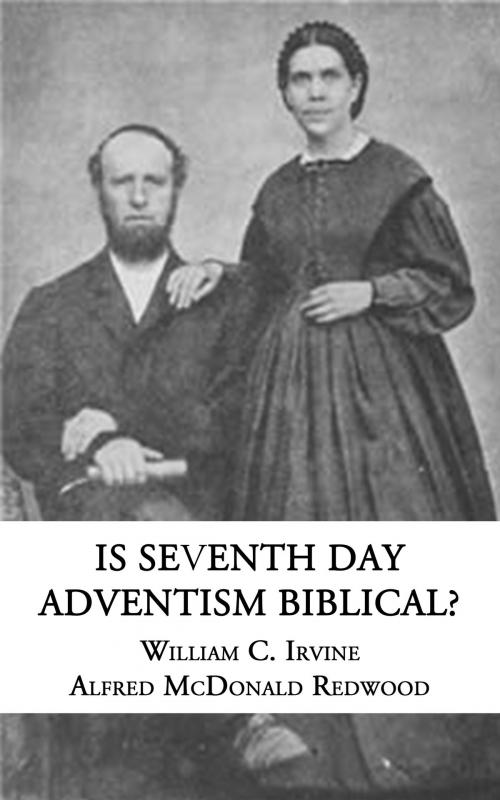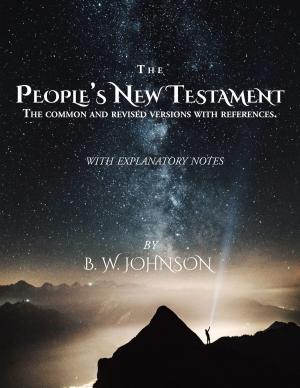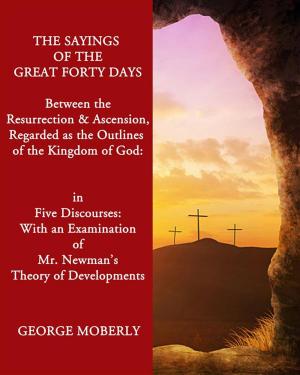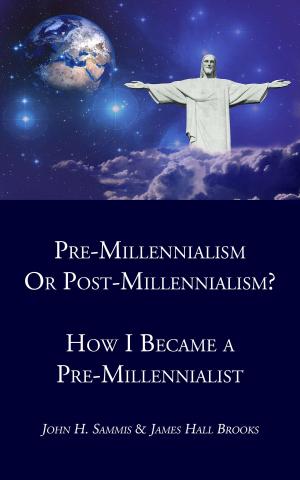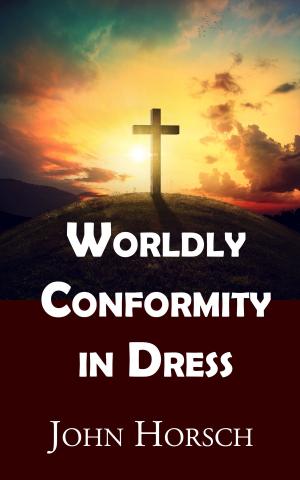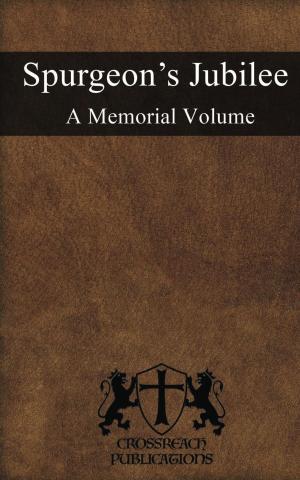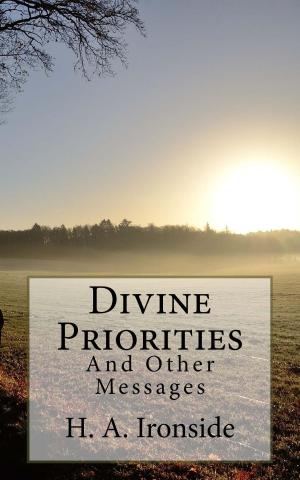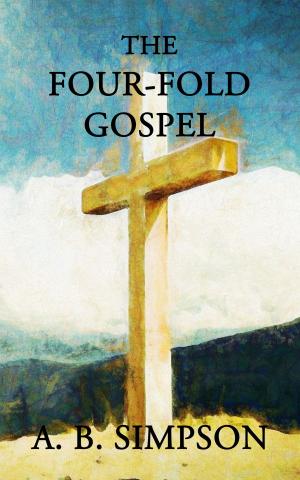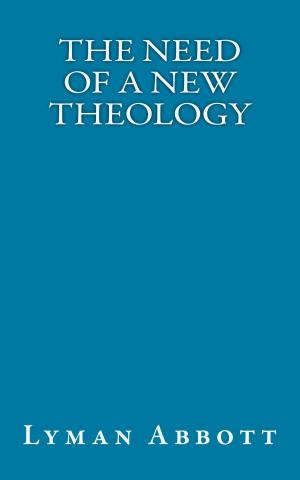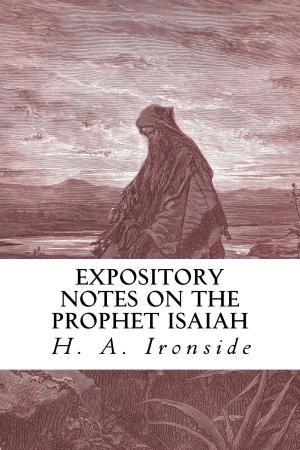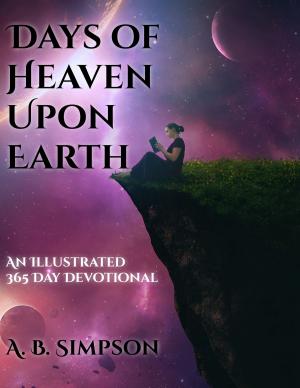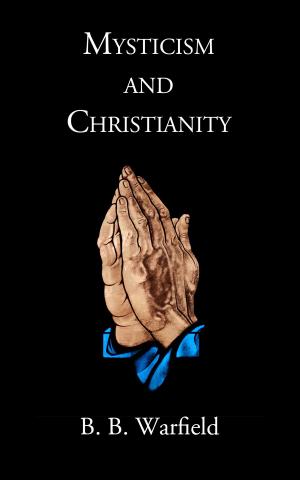Is Seventh-Day Adventism Biblical?
Nonfiction, Religion & Spirituality, Christianity, Christian Literature, Evangelism, General Christianity| Author: | William C. Irvine, Alfred McDonald Redwood | ISBN: | 1230002322353 |
| Publisher: | CrossReach Publications | Publication: | May 15, 2018 |
| Imprint: | Language: | English |
| Author: | William C. Irvine, Alfred McDonald Redwood |
| ISBN: | 1230002322353 |
| Publisher: | CrossReach Publications |
| Publication: | May 15, 2018 |
| Imprint: | |
| Language: | English |
SEVENTH-DAY ADVENTISM, Christian Science, and Theosophy have one thing in common at least—they all had hysterical, neurotic women as their Founders! Mrs. Ellen G. White was the founder of the “ism” of this article, though she got her cue from one William Miller of Low Hampton, N. Y., U. S. A. Concerning Mrs. White, “Dr. William Russell, a chief physician in the Seventh-Day Adventist Sanatorium at Battle Creek, long a Seventh-Day Adventist, wrote in 1869 that Mrs. ‘White’s visions were the result of a diseased organization or condition of brain or nervous system.” Dr. Fairfield, likewise an Adventist, and for years a physician in the same Sanatorium, wrote in 1887 that he had no doubt that her visions were “simply hysterical trances. Age itself had almost cured her.”[1] We may well pity the poor woman in her ill-health, but we cannot be sentimental about the seriousness of her teachings, which amount to blasphemy and are directly opposed to the Word of God.
Mrs. White’s standard work is The Great Controversy between Christ and Satan, which has run through several editions. This contains an authoritative account of the Seventh-Day Adventism teaching. Of this book, however, (Rev.) D. M. Canright (who was intimate with her for years) writes in his volume Seventh-Day Adventism Renounced: “She often copies her subject-matter without credit or sign of quotation from other authors. Indeed her last great book, The Great Controversy, which they laud so highly as her greatest work, is largely (mainly in its historical parts) a compilation of Andrews’ History of the Sabbath; History of the Waldenses, by Wylie; Life of Miller, by White; Thoughts on Revelation, by Smith, and other books.” “The Pastors’ Union of Healdsburg, California, investigated the matter. and published many instances of her plagiarisms.” In spite of such facts, however, the publisher’s preface reads, “We believe she has been empowered by a Divine illumination to speak of some past events which have been brought to her knowledge with greater minuteness then is set forth in any existing records, and to read the future with more than human foresight!”
[1] A. J. Pollock, Seventh-Day Adventism.
SEVENTH-DAY ADVENTISM, Christian Science, and Theosophy have one thing in common at least—they all had hysterical, neurotic women as their Founders! Mrs. Ellen G. White was the founder of the “ism” of this article, though she got her cue from one William Miller of Low Hampton, N. Y., U. S. A. Concerning Mrs. White, “Dr. William Russell, a chief physician in the Seventh-Day Adventist Sanatorium at Battle Creek, long a Seventh-Day Adventist, wrote in 1869 that Mrs. ‘White’s visions were the result of a diseased organization or condition of brain or nervous system.” Dr. Fairfield, likewise an Adventist, and for years a physician in the same Sanatorium, wrote in 1887 that he had no doubt that her visions were “simply hysterical trances. Age itself had almost cured her.”[1] We may well pity the poor woman in her ill-health, but we cannot be sentimental about the seriousness of her teachings, which amount to blasphemy and are directly opposed to the Word of God.
Mrs. White’s standard work is The Great Controversy between Christ and Satan, which has run through several editions. This contains an authoritative account of the Seventh-Day Adventism teaching. Of this book, however, (Rev.) D. M. Canright (who was intimate with her for years) writes in his volume Seventh-Day Adventism Renounced: “She often copies her subject-matter without credit or sign of quotation from other authors. Indeed her last great book, The Great Controversy, which they laud so highly as her greatest work, is largely (mainly in its historical parts) a compilation of Andrews’ History of the Sabbath; History of the Waldenses, by Wylie; Life of Miller, by White; Thoughts on Revelation, by Smith, and other books.” “The Pastors’ Union of Healdsburg, California, investigated the matter. and published many instances of her plagiarisms.” In spite of such facts, however, the publisher’s preface reads, “We believe she has been empowered by a Divine illumination to speak of some past events which have been brought to her knowledge with greater minuteness then is set forth in any existing records, and to read the future with more than human foresight!”
[1] A. J. Pollock, Seventh-Day Adventism.
